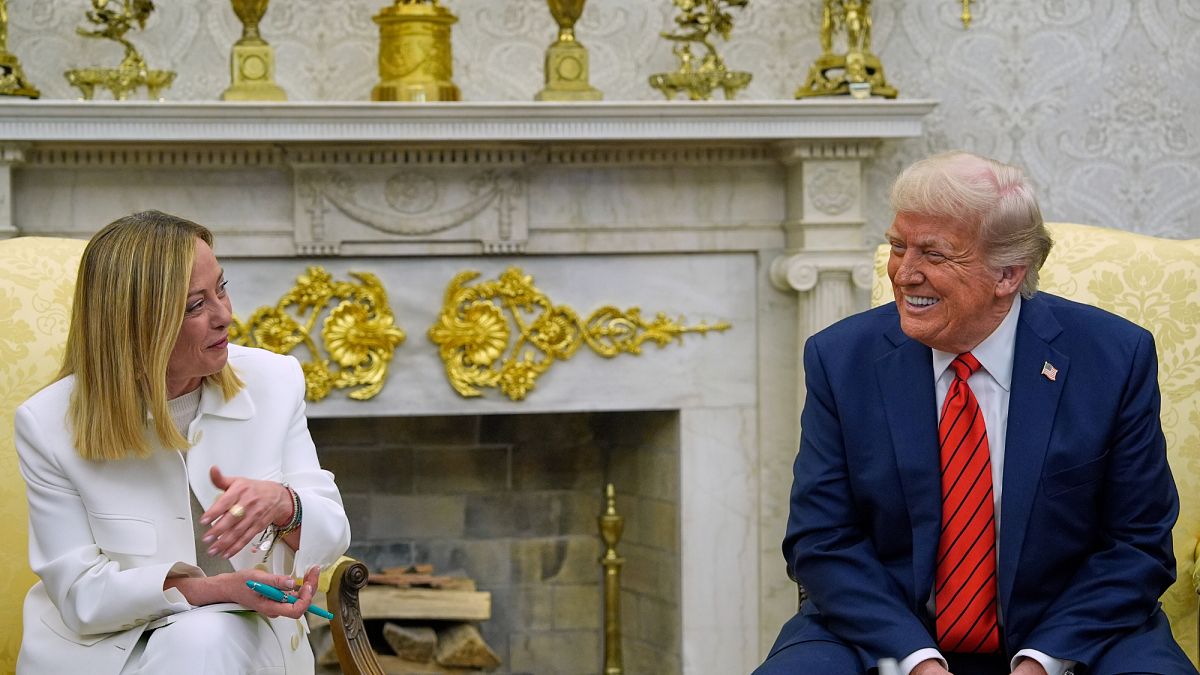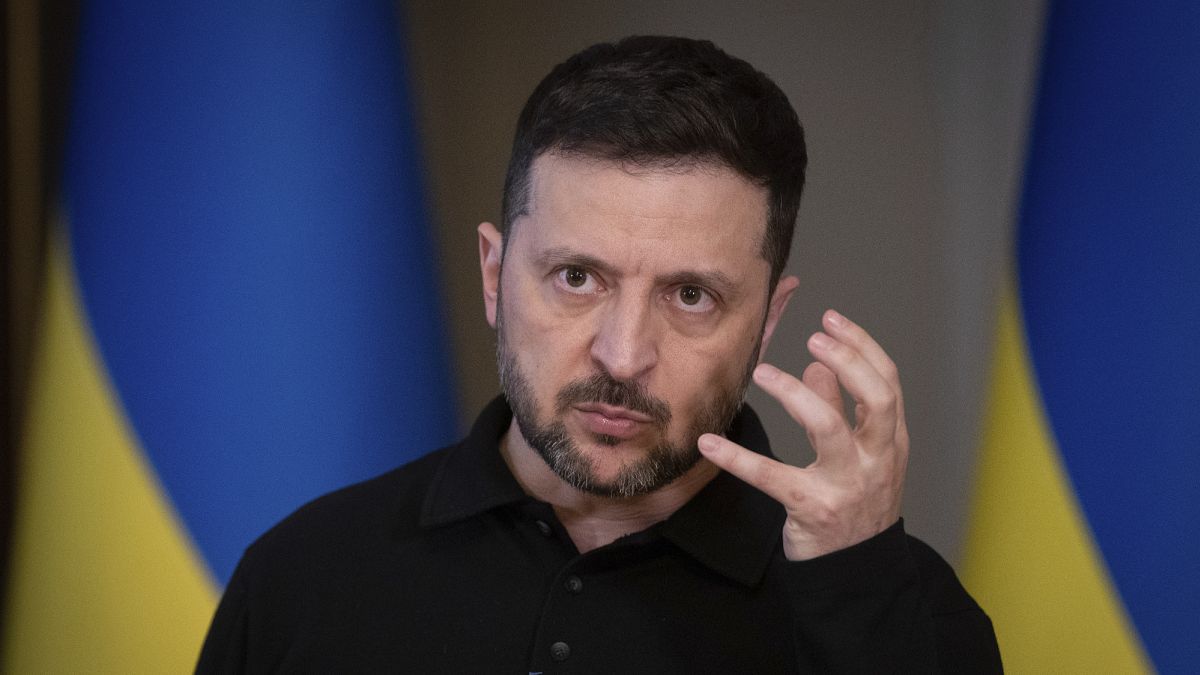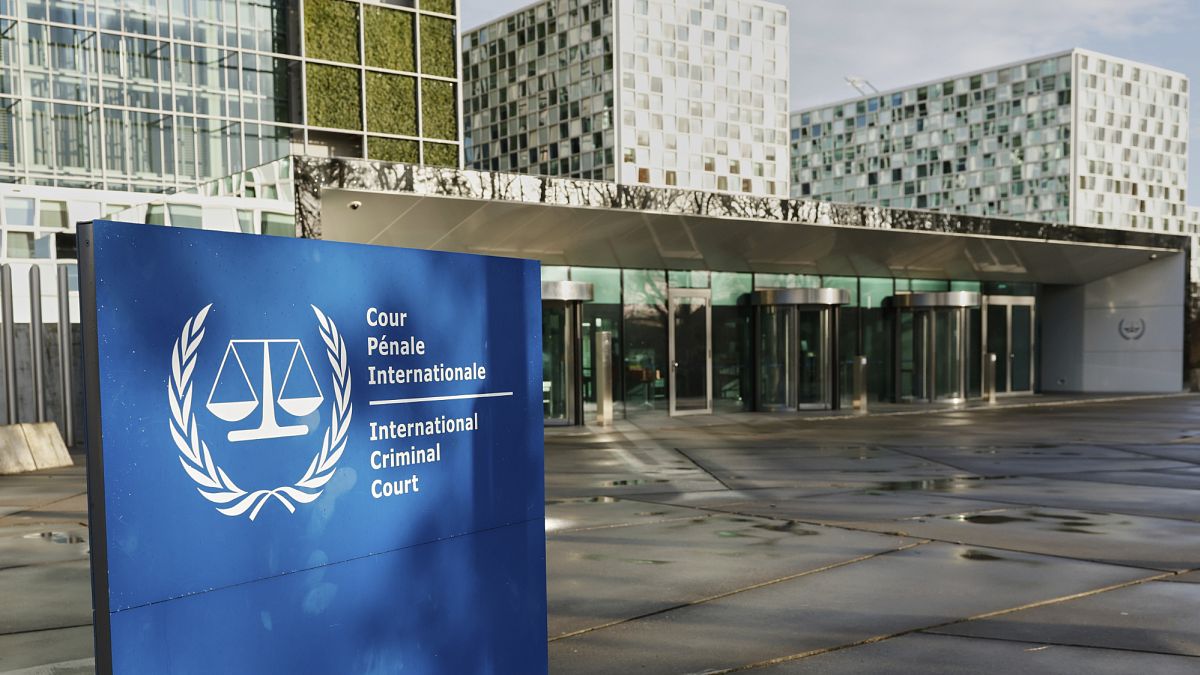Defence spending is set each €326 billion (1.9% of EU GDP) in 2024, but despite the increase in military spending, national efforts alone are not enough for the EU to be ready for high-intensity warfare, said outgoing top diplomat and EDA chief Josep Borrell.
Member states on Tuesday will pledge to develop joint military projects on integrated air and missile defence, electronic warfare, loitering munitions and a next-generation combat ship.
Defence ministers from up to 17 member states are expected to sign later this afternoon at least one of the four political letters of intent [one letter per project] to develop common military capabilities, ranging from short-term joint procurement to long-term capability creation initiatives.
"To become a credible security provider, the EU must develop strategic capabilities, including for high-intensity warfare scenarios," said EDA Chief Executive Jiří Šedivý.
The letters of intent do not yet contain any financial commitments and are more of a "political sign" of member states' conviction to pursue joint defence projects in the future, two EU diplomats told Euronews.
According to a new report by the European Defence Agency (EDA), member states are closer to meeting NATO's 2% defence spending target, with total military spending set to reach €326 billion (1.9% of EU GDP) in 2024.
But despite the increase in defence spending, national efforts alone are not enough for the EU to be ready for high-intensity warfare, said outgoing top diplomat and EDA chief Josep Borrell.
"Additional funding for defence should be spent as efficiently as possible, and using part of it through collaborative European investments on capability needs would help," Borrell argued.
Last week, the European Commission approved €300 million in funding for five joint defence projects under the so-called EDIRPA instrument — and the EU executive also launched a proposal to allocate €1.5 billion for the European Defence Industry Program (EDIP).
However, these figures fall far short of what is needed to meet the challenges of the European defence sector, which is still highly fragmented and dependent on external suppliers.
The EU's new defence commissioner, Andrius Kubilius, told MEPs during his confirmation hearing last week that some €200 billion will be needed over the next decade to upgrade infrastructure so that military equipment and troops can be easily mobilized across the EU — and another €500 billion to build an EU air defence shield.
What are these projects all about?
The EDA has identified a total of 18 opportunities for cooperation on defence and security, but so far only the four mentioned above have received commitments from member states for deeper cooperation to make them full-fledged projects.
As reported by Euronews, at least seven member states -including Belgium and The Netherlands- are interested in developing the European Combat Ship to protect their waters and respond to conflicts abroad.
These member states will now plan to harmonize requirements, develop a business case, and prepare for joint procurement by 2040, with the aim of making it a major European naval collaboration.
However, the projects that have gained the most traction among member states are those related to integrated air and missile defence, through the procurement of counter-unmanned aerial systems (C-UAS), ground-based air defence (GBAD), and munitions.
13 member states have also expressed interest in collaborating on electronic welfare capabilities, which enable the disruption of enemy communications and sensors while protecting friendly forces from detection and interference, the EDA said in its report.
"The collaborative opportunities will bring national policymakers, planners and armaments experts together to develop relevant military assets. These are in line with NATO priorities," said Šedivý.

 4 months ago
41
4 months ago
41






 We deliver critical software at unparalleled value and speed to help your business thrive
We deliver critical software at unparalleled value and speed to help your business thrive






 English (US) ·
English (US) ·